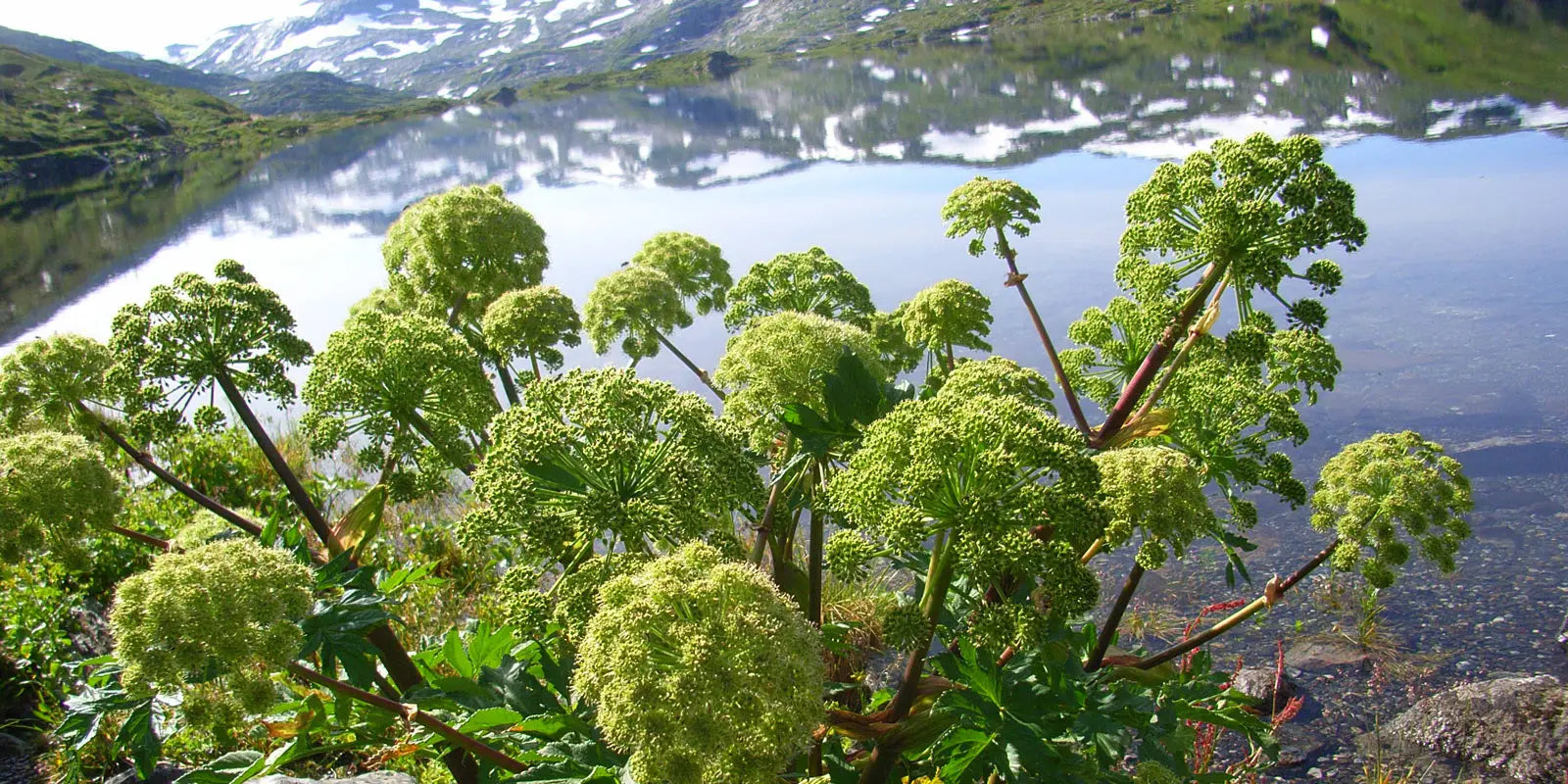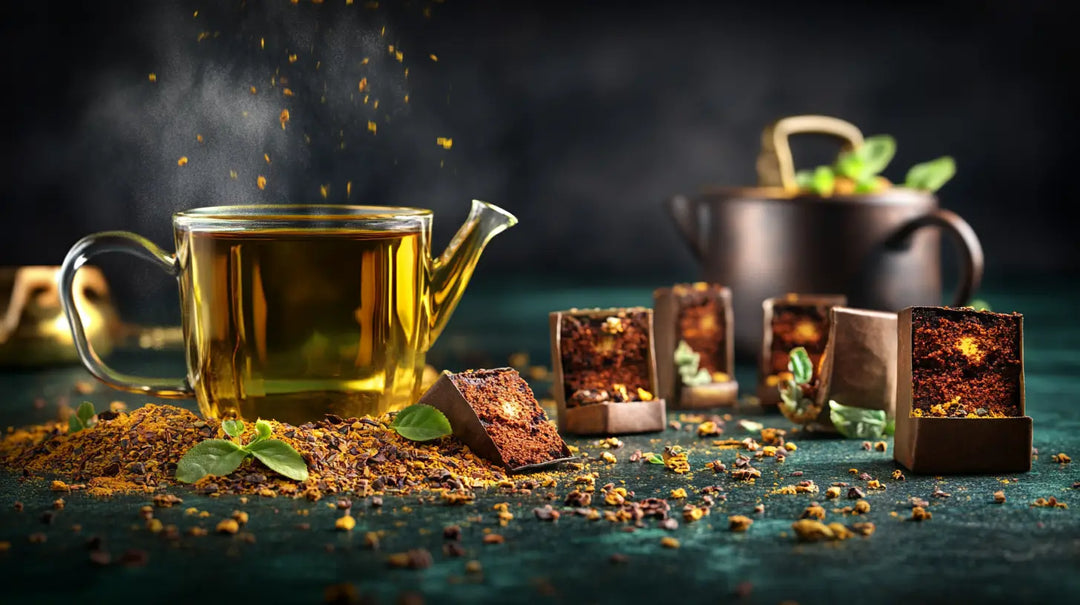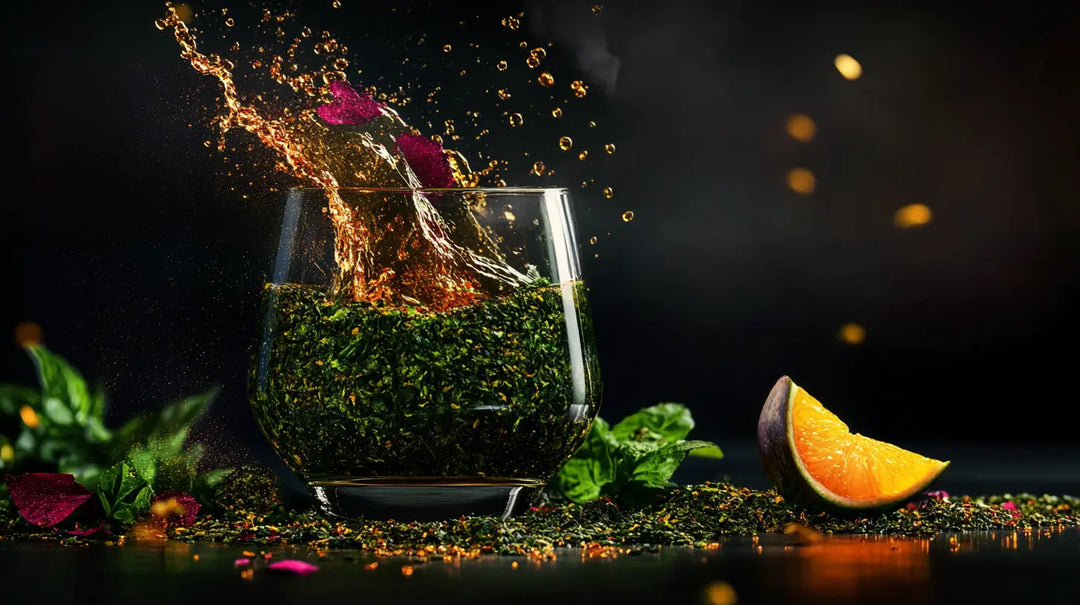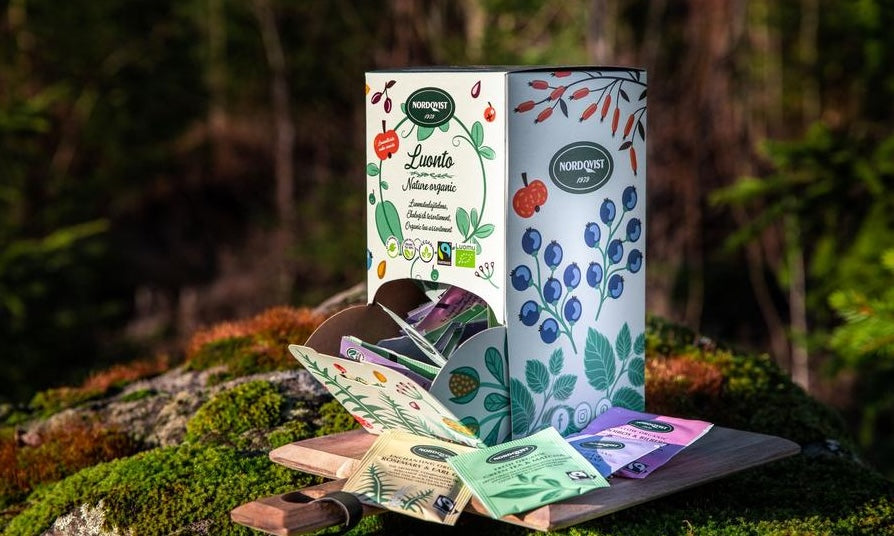Scandinavian Teas: An Insider's Guide

Scandinavia is well-known for its cold and dark winters, and there is nothing more comforting during those chilly months than a warm cup of tea. However, the teas that Scandinavians enjoy are not just any ordinary blends. In fact, Scandinavian teas have a unique history and culture that has been passed down for generations.
In this article, we explore the secret world of Scandinavian herbs and provide you with an insider's guide to some of the most popular varieties. Some of the herbs that are commonly used to brew the Scandinavians tea:
-
Cloudberry
Cloudberry, also known as 'bakeapple', is a rare and highly prized fruit that grows in the Arctic regions of Scandinavia. The fruit has a unique and complex flavor that is both sweet and tart. Cloudberry tea is made by infusing dried cloudberry leaves in hot water. This tea is rich in Vitamin C and antioxidants and is believed to have anti-inflammatory properties.
Cloudberry is rich in antioxidants, vitamin C, and polyphenols, which have anti-inflammatory and anti-aging properties. The fruit is also believed to have antibacterial and antiviral properties and can help boost the immune system.
-
Nettle
Nettle is rich in vitamins and minerals such as iron, calcium, and magnesium, making it a popular choice for promoting bone health. It is also believed to have anti-inflammatory and antihistamine properties and can help alleviate allergies and inflammation.
-
Garden Angelica Leaf
This herb has been used in traditional medicine for its antibacterial, antifungal, and anti-inflammatory properties. It is also believed to have a calming effect on the nervous system and can help alleviate anxiety and stress.
-
Pine Needle
Pine needles are rich in vitamin C and antioxidants, making them a popular choice for boosting the immune system. Pine needle tea is also believed to have anti-inflammatory properties and can help alleviate respiratory issues such as coughs and congestion.
-
Young Spruce Tip
Spruce tips are rich in vitamin C and antioxidants and have anti-inflammatory properties. They are also believed to have antibacterial and antifungal properties and can help boost the immune system.
-
Rosebay Willowherb
This herb has been used in traditional medicine for its anti-inflammatory and antiseptic properties. It is also believed to have a calming effect on the nervous system and can help alleviate anxiety and stress.
-
Heather Flower
Used traditional medicine for its antibacterial, antifungal, and anti-inflammatory properties. It is also believed to have a diuretic effect and can help promote healthy digestion.
-
Lingonberry
Lingonberries are a common ingredient in Scandinavian cuisine, and it is no surprise that they have also found their way into teas. Lingonberries are rich in antioxidants and are known for their immune-boosting properties. It is also believed to aid digestion and help lower blood sugar levels.
Scandinavian teas are not just delicious blends, but they are also a reflection of the culture and history of the region. From the tart and sweet Lingonberry to the rare and prized Cloudberry, Scandinavian herbs offer a unique taste experience and can be easily enjoyed with delicious teas.
If you would like to try some of these herbs and explore the world of Scandinavian teas further, then take a look at our Scandinavian herbal tea range.









